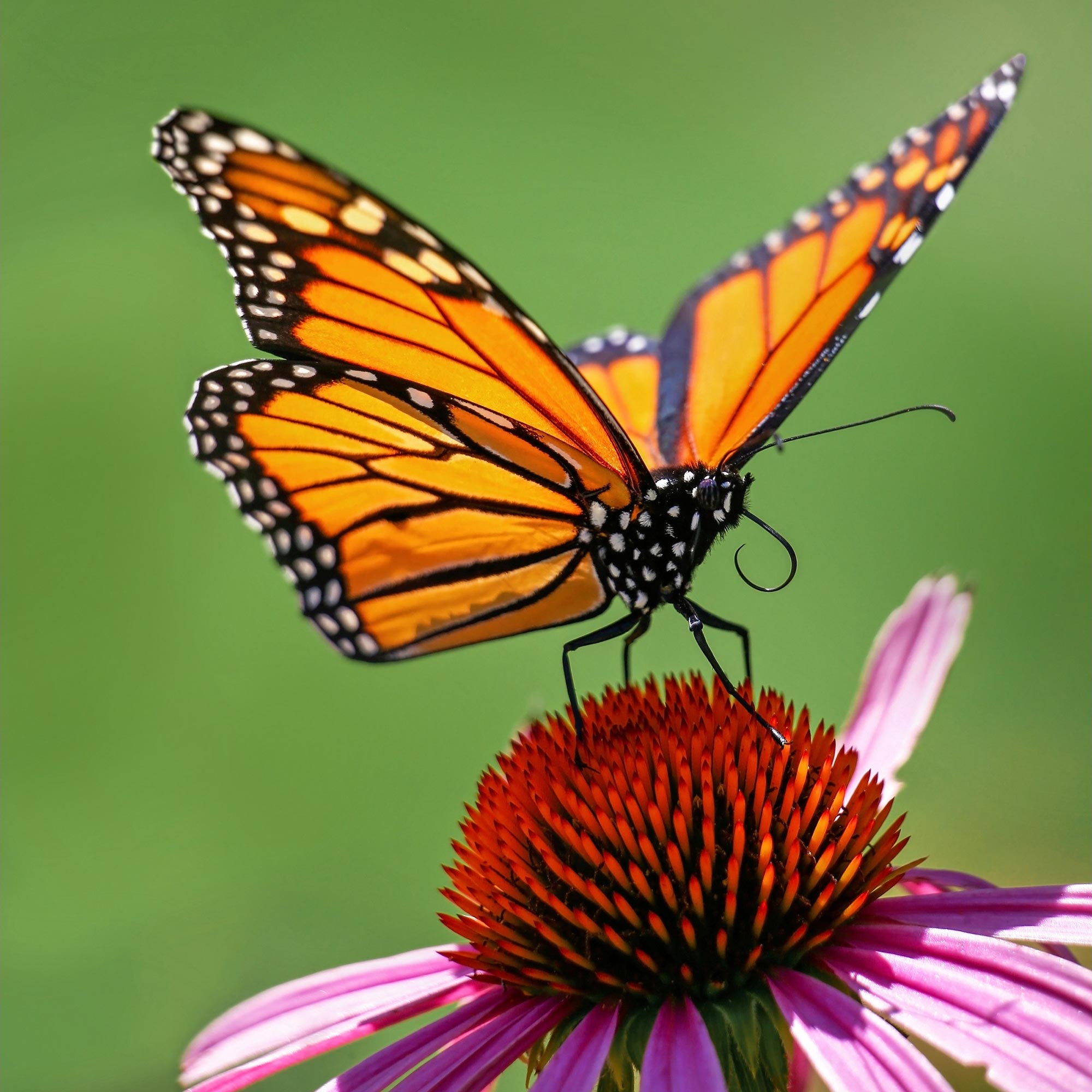
In fact, the effects of climate change have been nearly seven times more significant than other contributors, such as habitat loss.
A monarch butterfly sits atop flowering swamp milkweed in a Michigan garden.“We did this study not just to say what’s causing changes in the monarch butterfly population, but also learn how we can make it better.â€.
Understanding the monarch decline and doing what we can to reverse it is important not just for preserving biodiversity, but also because insects are prolific pollinators.The eastern population of monarchs migrates between Mexico and the eastern half of the U.S.
Since the mid-1990s, though, there has been a dramatic decline in their population, with worst-case estimates projecting that the current population is a mere 20% of what it was just a few decades ago.
Today, researchers are divided on what’s stunting the monarch’s population.
Some experts estimate that the eastern monarch population size has been reduced by more than 80% since the 1990s.Researchers and volunteers were collecting an increasing amount of data that could help make a more definitive determination of what’s driving the monarch population decline.
Part of what makes it so difficult to understand the decline is the eastern monarch’s complicated life cycle.In particular, the team was interested in what the data said about the three leading theories behind the eastern monarch’s population decline: milkweed habitat loss, mortality during the autumn migration and resettlement on the overwintering grounds, and climate change’s detrimental impact on monarch breeding success.
“But in recent years, as glyphosate applications have remained more stable, although still very high, there is strong evidence that population changes are driven by climate on the spring and summer breeding grounds.â€.
But looking at the problem holistically — across many years and multiple countries — makes it clear that climate change has been the dominant disruptive force since 2004.
To get the full picture of the population decline, the team needed to understand the dynamics of many generations in many locations.First, by proving the model’s potential to tease out population dynamics for something as complicated as the eastern monarch, the team is optimistic it can adapt the model to understand what’s driving population changes in other species, too.Secondly, this understanding should help inform where conservation efforts can provide the greatest benefit for the eastern monarch’s numbers.Although we can’t simply turn off climate change, we can, for example, focus on restoring milkweed in the regions that remain most conducive to monarch reproduction despite warming temperatures and shifting precipitation patterns, she said.That said, anything we can do to curb climate change will also improve the outlook for both monarchs and humanity, she added.
And although curbing climate change is a huge lift, Zipkin pointed out that this study reminds us of the power of partnerships to confront large challenges.Working out what’s behind the population decline proved that.Reference: “Changes in climate drive recent monarch butterfly dynamics” by Erin R.July 17, 2021July 16, 2021